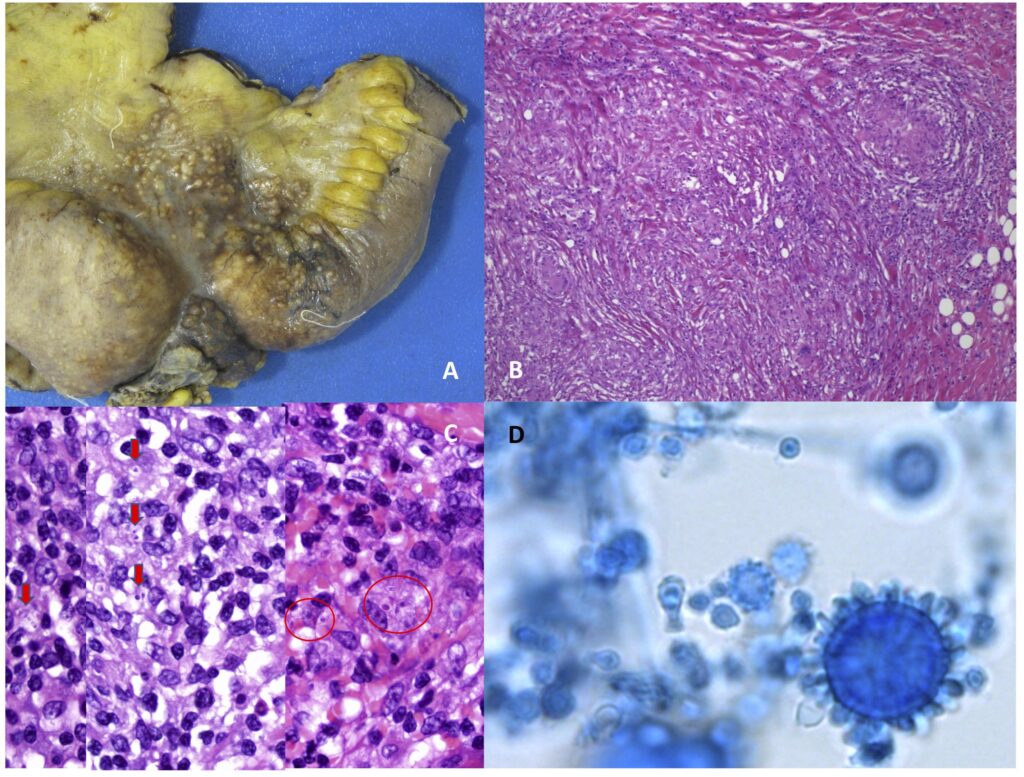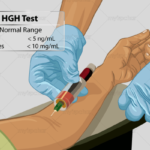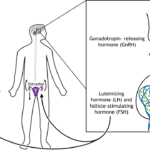Diagnostic test for histoplasma capsulatum exposure is a dimorphic fungus that can cause histoplasmosis, a respiratory and systemic disease. Exposure occurs primarily through inhalation of spores found in environments with bird or bat droppings. Diagnosing histoplasmosis in patients with severe insulin resistance presents unique challenges due to altered immune responses and metabolic dysfunction, making early and precise detection crucial.

This article explores the most effective diagnostic tests for detecting H. capsulatum exposure in individuals with severe insulin resistance, focusing on antigen detection, serology, culture, and molecular methods.
Key Diagnostic Methods for Histoplasma capsulatum Exposure
1. Antigen Detection: The First-Line Test
Antigen detection is highly sensitive and non-invasive, making it a preferred test for early diagnosis.
- Urine Antigen Test (EIA – Enzyme Immunoassay)
- Detects H. capsulatum polysaccharide antigen in urine.
- Preferred for acute, disseminated, and immunocompromised cases.
- Sensitivity: >90% in disseminated histoplasmosis.
- Useful for monitoring treatment response.
- Serum Antigen Test
- Less sensitive than urine but can complement other tests.
- Recommended for severe infections and high-risk patients.
Considerations in Insulin-Resistant Patients:
Altered glucose metabolism may affect immune clearance, leading to prolonged antigenemia, necessitating repeated antigen testing for accurate diagnosis.
2. Serological Tests: Antibody-Based Detection
Serology is useful for chronic or subacute histoplasmosis cases but may have limitations in early disease detection.
- Complement Fixation (CF) Test
- Detects anti-histoplasma antibodies (IgG and IgM).
- High specificity but may cross-react with other fungal infections.
- Best for assessing past exposure or chronic disease.
- Immunodiffusion (ID) Test
- Identifies H and M precipitin bands in response to H. capsulatum infection.
- The M band suggests acute or subacute histoplasmosis.
- The H band is associated with severe or chronic infection.
Limitations:
Patients with severe insulin resistance often have impaired humoral immunity, potentially leading to weaker antibody responses or delayed seroconversion.
3. Fungal Culture: The Definitive but Time-Consuming Method
Culturing H. capsulatum remains the gold standard but has significant limitations due to slow growth (up to 6 weeks).
- Best for:
- Chronic or disseminated histoplasmosis.
- Immunocompromised individuals with persistent or severe infection.
- Specimens Used:
- Sputum, blood, bone marrow, or tissue biopsies.
- Limitations:
- Requires biosafety level 3 precautions.
- Lower sensitivity in early-stage disease.
4. Molecular Methods: PCR for Rapid and Specific Diagnosis
Polymerase Chain Reaction (PCR) testing detects H. capsulatum DNA and is becoming increasingly valuable for rapid, highly specific diagnosis.
- Advantages:
- Fast results (within hours to days).
- High specificity, even in low fungal burden cases.
- Useful for early detection and confirmatory testing.
- Limitations:
- Availability is limited to specialized laboratories.
- Not yet widely standardized for routine clinical use.
Challenges in Diagnosing H. capsulatum in Severe Insulin Resistance
Patients with severe insulin resistance (e.g., due to obesity, metabolic syndrome, or type 2 diabetes) may experience immune dysregulation, altering the typical disease course:
- Delayed Immune Response:
- Reduced phagocytic activity and impaired cytokine signaling can affect fungal clearance.
- Chronic Inflammation:
- Persistent low-grade inflammation may mask symptoms, delaying diagnosis.
- Increased Risk of Disseminated Disease:
- Insulin resistance is associated with higher susceptibility to fungal infections, increasing the likelihood of severe or systemic histoplasmosis.
Due to these factors, multiple diagnostic approaches are often needed to confirm H. capsulatum exposure in these patients.

